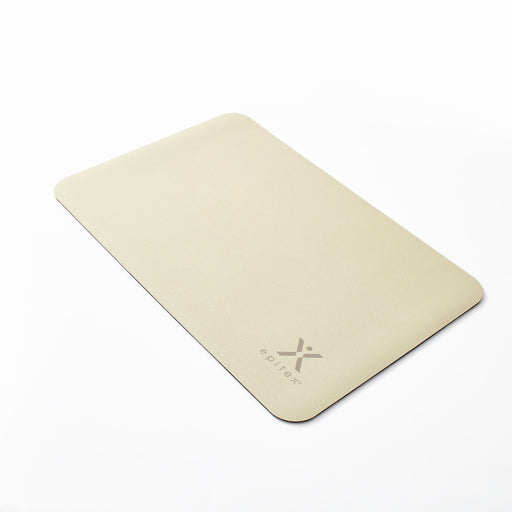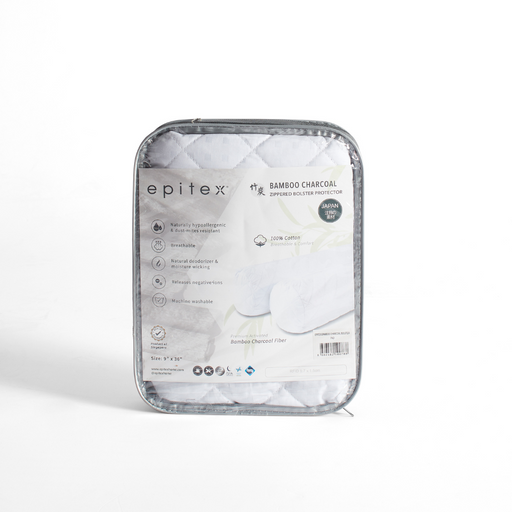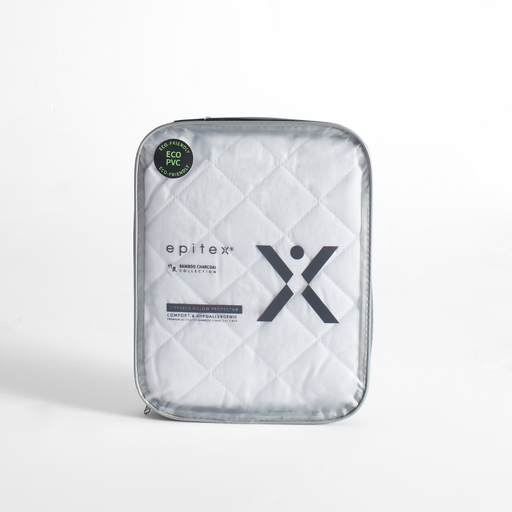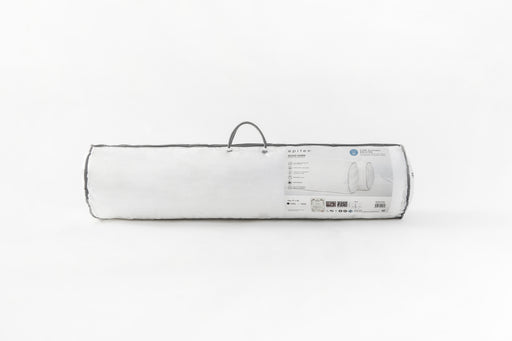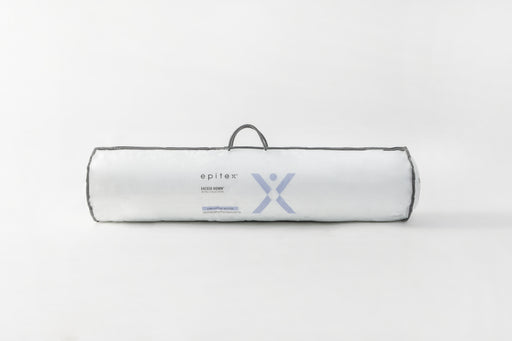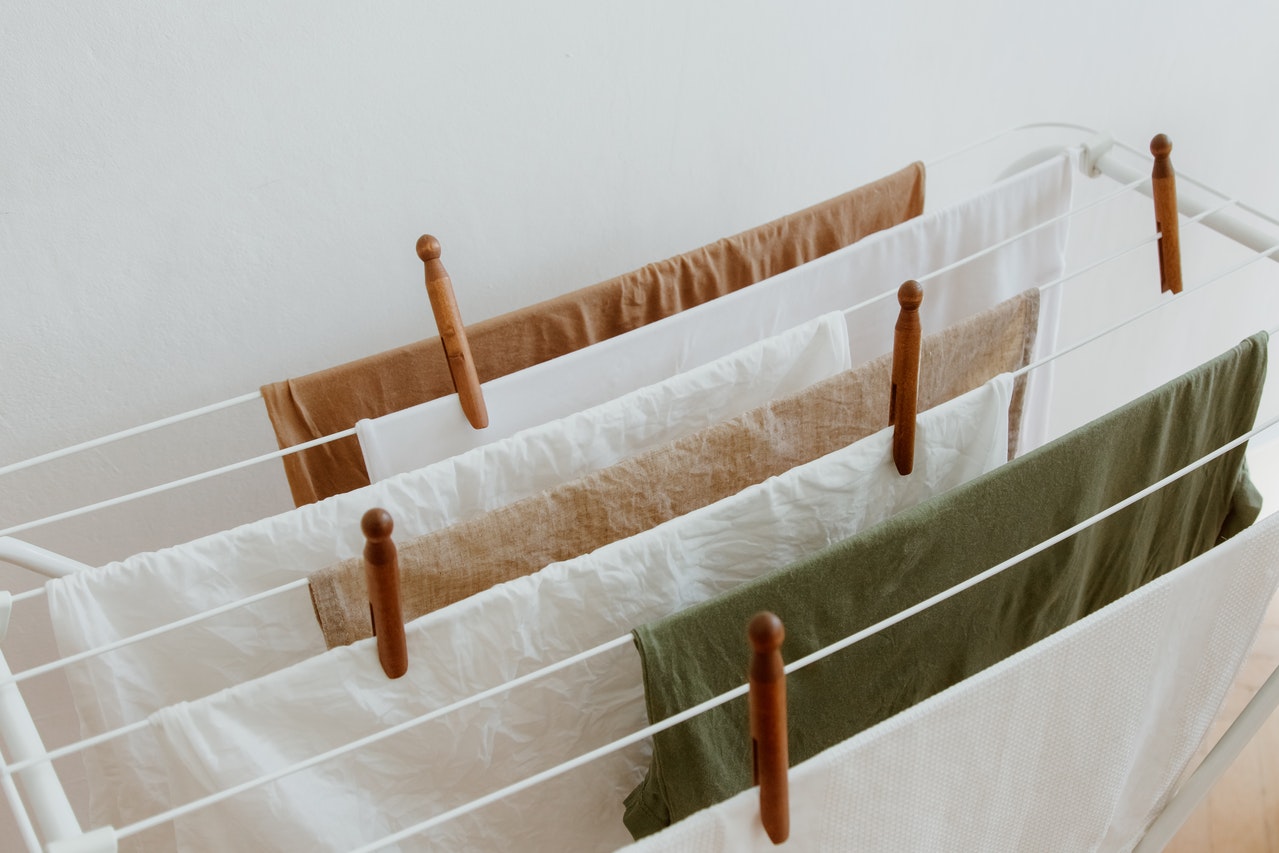
5 Mistakes To Avoid When Washing Bed Linen
Doing the laundry seems so easy: you throw a few coins in the drum, add the product, choose a program and you're done. The result: soft, fragrant, wrinkle-free and clean laundry? Yet this is not always the case. It happens that the laundry smells bad after a wash cycle, that the colors fade or that the fabric is damaged. This is sometimes the case especially with bed linen. How to cure it ? We explain how to wash your sheets correctly.
Mistake #1: Washing too hot
A rumor persists that bed linen should be washed at least at 60 degrees. Otherwise, all the germs would not be killed! This method is considered obsolete. Modern washing machines manage to completely clean laundry even at low temperatures. It all really depends on the material of your fabric.
- Cotton is a fairly resistant material, it is best to wash it between 40 and 60 degrees. For coloured and black bedding, it is maximum 40 degrees.
- Polyester: 50 degrees maximum
- Tencel: 30 degrees maximum
- Bamboo: 30 degrees maximum
However, it is recommended to look at the label of your bed linen before use. Good to know: it is useless to wash your sheets at 90 degrees. This weakens your fabrics, thus very bad for the environment and for your wallet!
Mistake #2: Clean your sheets too infrequently
Unlike socks or underwear, you can easily forget to wash your bed linen. However, this material comes into contact with our skin for about eight hours a day. As we lose bodily fluids, hair, and bits of skin overnight, bed sheets quickly become contaminated. Our body heat and night sweats also create a warm and humid climate, which promotes the proliferation of bacteria and germs. Dust mites also find a breeding ground here.
How often should bed linen be changed?
In general, it is recommended to change bed linen at least every two weeks. In some cases, it is better to switch to a weekly rhythm, for example if you sweat profusely, have pets, are sick or even if you sleep naked.
Mistake n°3: Unsuitable detergent
Cotton bed linen does not need a particular detergent except for your baby's sheets whose skin is more fragile. In this case you can turn to an organic detergent for example. On the other hand, textiles such as silk, satin, and linen should be cleaned with a mild detergent that protects the natural fibers. If you use an aggressive detergent, the fibers may become rough.
Do not use bleach on your sheets. Also skip the fabric softener which can damage the fabric and reduce its absorbency. Which can be problematic if you sweat a lot at night. White vinegar is an excellent natural fabric softener. It brightens fabrics and gives them more suppleness, perfect for white sheets. You can also sprinkle some baking soda on your bedding. It will revive colors and remove bad smells.
Mistake #4: Mishandling bed linen
It's best to put your bedding set together in the washing machine. This way the colors match and you wash everything at once. We recommend washing the same fabrics together. Avoid mixing, for example, your sheets with your jeans or mixing cotton and polyester sheets.
It is also important that you turn your bedding inside out before washing it. The colors and patterns will be protected this way and the sheets won't fade as quickly. Remember to always close the zipper (or buttons) of your duvet cover. Otherwise, it can happen that all the bed linen gets caught inside during washing and becomes a heavy ball of fabric. The zipper, if left open, may also damage textiles. Do not load the machine to the maximum. The linen needs to be shaken out to be washed well.
Mistake #5: Not drying properly
You can also make mistakes when drying, as not all bedding can be put in the dryer. It is best to air dry your coloured bed linen so that it does not lose its lustre as well as your linen sheets. Air drying takes a little longer and takes up space, but it's environmentally friendly. If you use a dryer, choose a low temperature so as not to damage your textiles. In any case, refer to the labels on your bed linen.
Valentine's Day Gift Guide
-
Epitex Exceed Down Hotel Collection Pillow (Buy 2nd pcs @ 50% off)
Original price $99.90 - Original price $139.90Original price $99.90 - Original price $139.90Original price $99.90$49.90 - $69.90$49.90 - $69.90Current price $49.90In stockDESCRIPTION 🔥Exceed Down Pillows Limited Deals - Buy 2nd pcs @ 50% off🔥 Experience the luxury of a 5-star hotel at home! Our Exceed Down Hotel Col...
View full detailsOriginal price $99.90 - Original price $139.90Original price $99.90 - Original price $139.90Original price $99.90$49.90 - $69.90$49.90 - $69.90Current price $49.90 -
(Online Exclusive) Soft Anti-Slip Diatomite Floor Mat
Original price $15.90Original price $15.90 - Original price $15.90Original price $15.90$10.00 - $15.90$10.00 - $15.90Current price $10.00In stockSPECIFICATIONS Eco-friendly Soft & comfortable surface Excellent water absorbency Fast drying Slip resistance Antibacterial, anti-odour and mo...
View full detailsOriginal price $15.90Original price $15.90 - Original price $15.90Original price $15.90$10.00 - $15.90$10.00 - $15.90Current price $10.00 -
Epitex Exceed Down Hotel Collection Summer Quilt
Original price $199.90 - Original price $359.00Original price $199.90 - Original price $359.00Original price $199.90$129.00 - $179.00$129.00 - $179.00Current price $129.00In stockExperience the luxury of a 5-star hotel at home! Our Exceed Down Hotel Collection is perfect for good air retaining abilities and heat preservatio...
View full detailsOriginal price $199.90 - Original price $359.00Original price $199.90 - Original price $359.00Original price $199.90$129.00 - $179.00$129.00 - $179.00Current price $129.00 -
Epitex Bamboo Charcoal Pillow | Bolster Premium Protector
Original price $59.90Original price $59.90 - Original price $59.90Original price $59.90Current price $29.90$29.90 - $29.90Current price $29.90Out of stockPremium Activated Bamboo Charcoal Pillow & Bolster Premium Protector provides you with the combined benefits of comfort and hygiene giving you...
View full detailsOriginal price $59.90Original price $59.90 - Original price $59.90Original price $59.90Current price $29.90$29.90 - $29.90Current price $29.90Sold out -
Epitex Exceed Down Hotel Collection Bolster
Original price $119.90 - Original price $139.90Original price $119.90 - Original price $139.90Original price $119.90$59.90 - $69.90$59.90 - $69.90Current price $59.90Out of stockExperience the luxury of a 5-star hotel at home! Our Exceed Down Hotel Collection is perfect for good air retaining abilities and heat preservation...
View full detailsOriginal price $119.90 - Original price $139.90Original price $119.90 - Original price $139.90Original price $119.90$59.90 - $69.90$59.90 - $69.90Current price $59.90Sold out




